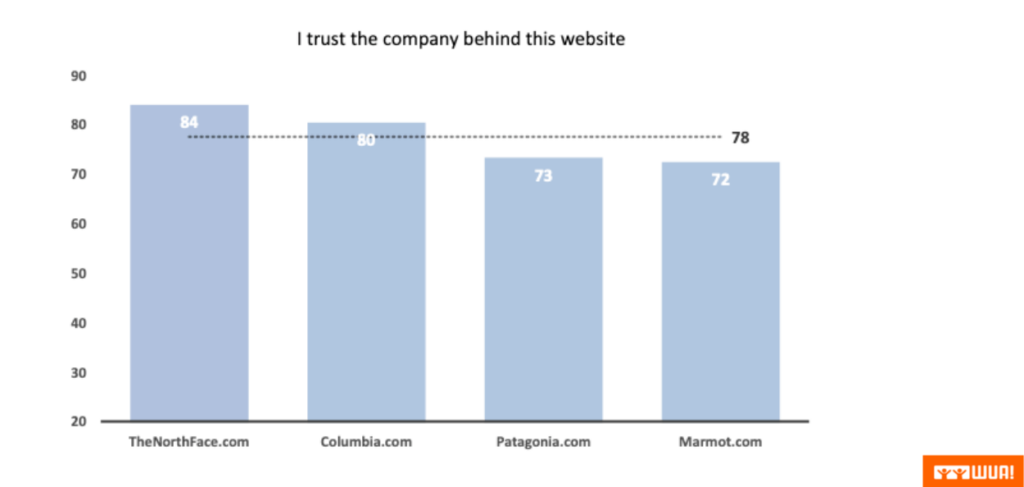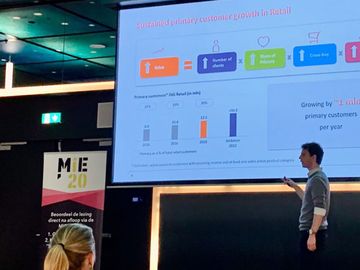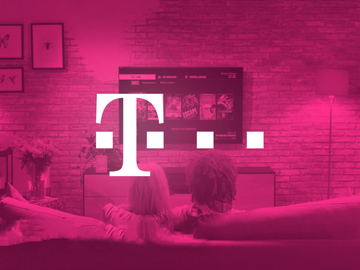
How The North Face creates trust in 3 steps by linking its brand mission to visitors’ needs
Website visitors can be hard to attract. Once you have them, you need to keep them.
Above all, just two factors determine if a visitor will stay on your website: Brand Affinity, and Trust in the Brand.
In this article, we explain the 3 easy steps you can take to use these factors to retain visitors – and convert them into loyal customers.
Learnings from the CX survey: comparing four global outdoor brands
Our in-depth customer experience (CX) surveys uncover some incredible details about the customer.
Using the evaluations of four hundred consumers, we can see exactly how real consumers experience websites. And how this drives behavior.
We evaluated the CX for four leading US retailers – Patagonia.com, TheNorthFace.com, Columbia.com and Marmot.com – based on a realistic task. The North Face stood head and shoulders above the others for offering exceptional digital customer experiences.
The secret? A three-step approach to winning trust, and creating brand affinity.
With these three steps, The North Face successfully creates trust, by linking their own brand mission with their customers needs and values.
Step 1. Establish a strong brand mission – with a crystal-clear goal
You must be clear. Formulate a bold mission statement that demonstrates your brand’s commitment to positive change. Show how you’re making the world a better place.
The North Face’s brand mission is to make the world a better place by conserving nature.
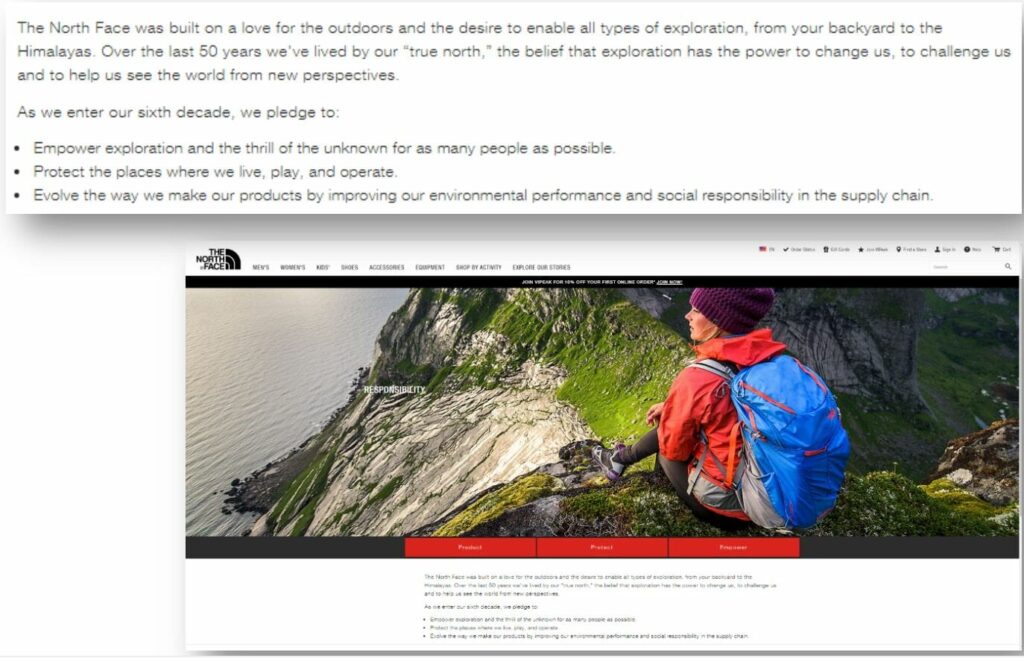
They demonstrate their commitment to this in various ways.
- A home page that features high-quality photos of people exploring the great outdoors.
- Active social engagement, such as their “Thank you, healthcare community” campaign. This gives healthcare workers and first responders a discount on all The North Face products.
- A clear page focused on their sustainability and responsibility. It explains and evidences what The North Face is all about: empowering exploration, protecting public outdoor space, improving environmental performance, and establishing social responsibility in the supply chain.
The North Face understands their customer, and they make it clear that they share the same ideals and goals.
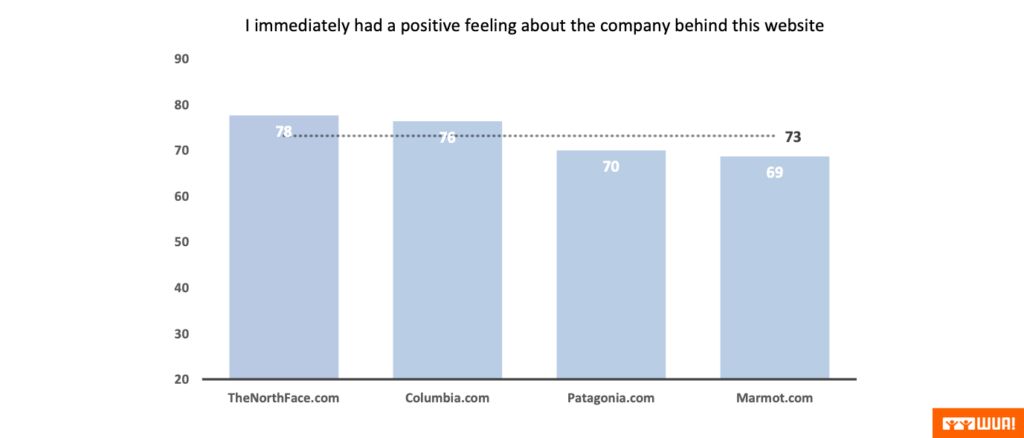
Step 2. Linking the brand mission with visitors’ needs and values
Your customer needs to understand the benefit of buying a product or service from you – instead of a competitor.
How does The North Face do this?
- The retailer recognizes that their customers have one thing in common: they’re heading for the outdoors. They love exploring the wonders of nature.
- The North Face’s brand mission demonstrates that the brand is more than just high-quality outdoor products. They share the same passion as their customers. By buying from them, the customer is supporting something they feel strongly about.
- By incorporating the concept of “quality” into their mission, they also refer directly to the benefit that they offer the visitor.
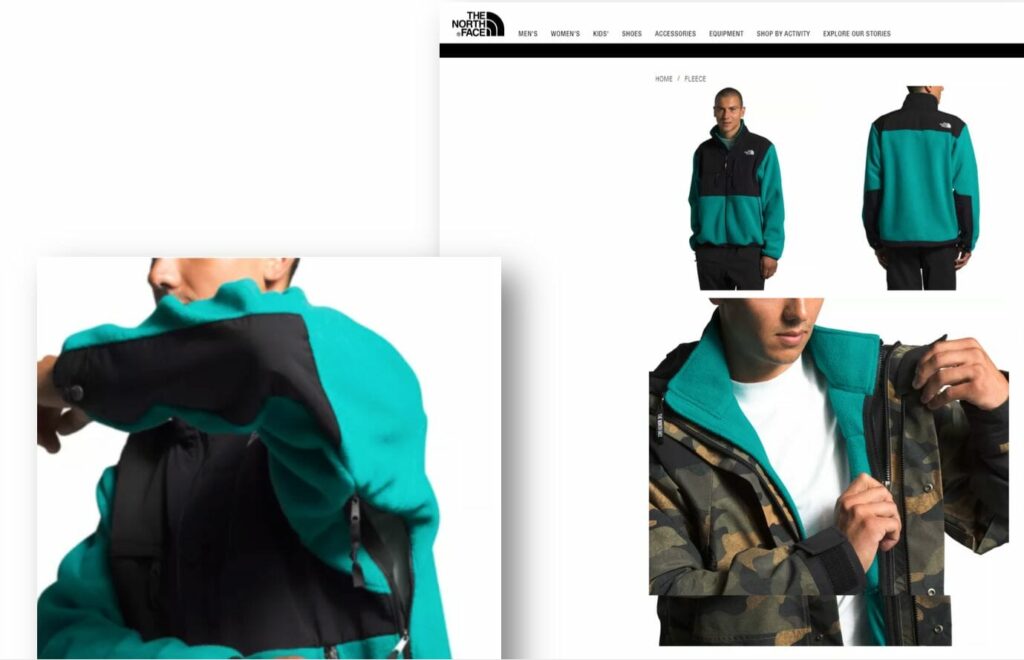
This allows The North Face to tie a double message to their brand: protection of the environmental and high quality.
On the product pages, The North Face highlights its products’ special features. For example, they might include close-up photos showing details like zippers in the underarm of a jacket. Images like these emphasize the added value and quality of the products.
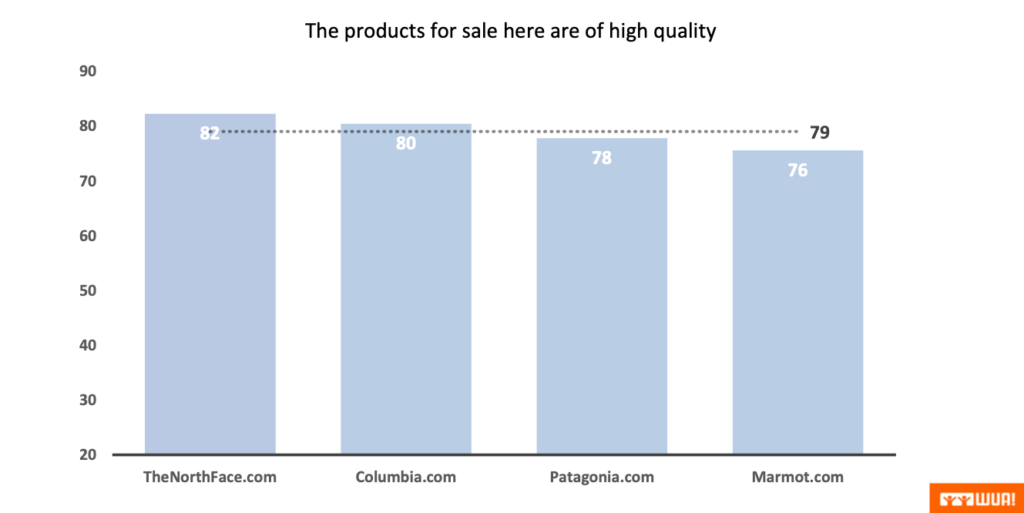
Step 3. Tie the brand mission to every stage of the online customer journey
Your brand mission should be consistent and repeated judiciously – so your customer is always reminded why YOU are their ideal supplier.
Each stage of the customer journey should contain this essential ingredient: from homepage to checkout.
One respondent who took part in our survey said this about The North Face:
“I am certain that if I buy a sweater here, it will be high-quality. Plus, I’d be helping to protect the environment!”
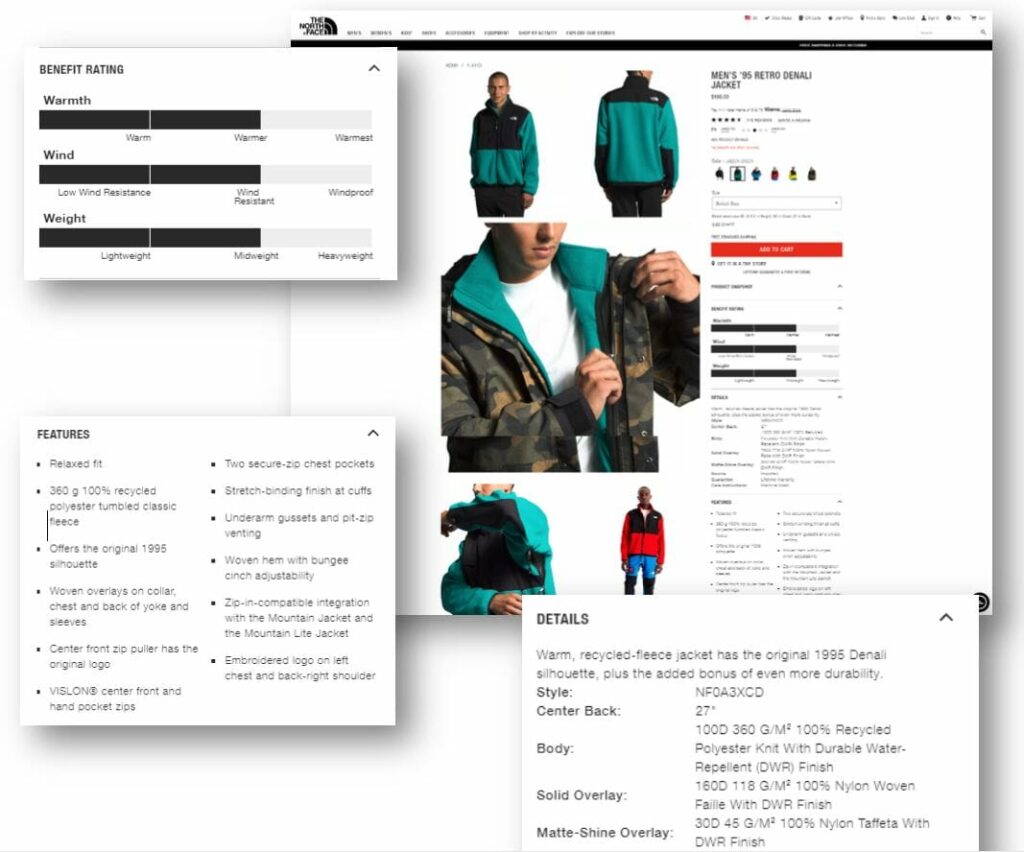
Every single product contains this brand mission. Product descriptions indicate warmth, material (recycled!), and the warranty period. This reinforces their integrated messaging about the environment, sustainability, and quality.
Prove it!
The North Face emphasizes their ‘trust’ with Social Proof. They even include reviews that aren’t super-positive, so the customer feels they’re being given the straight facts.
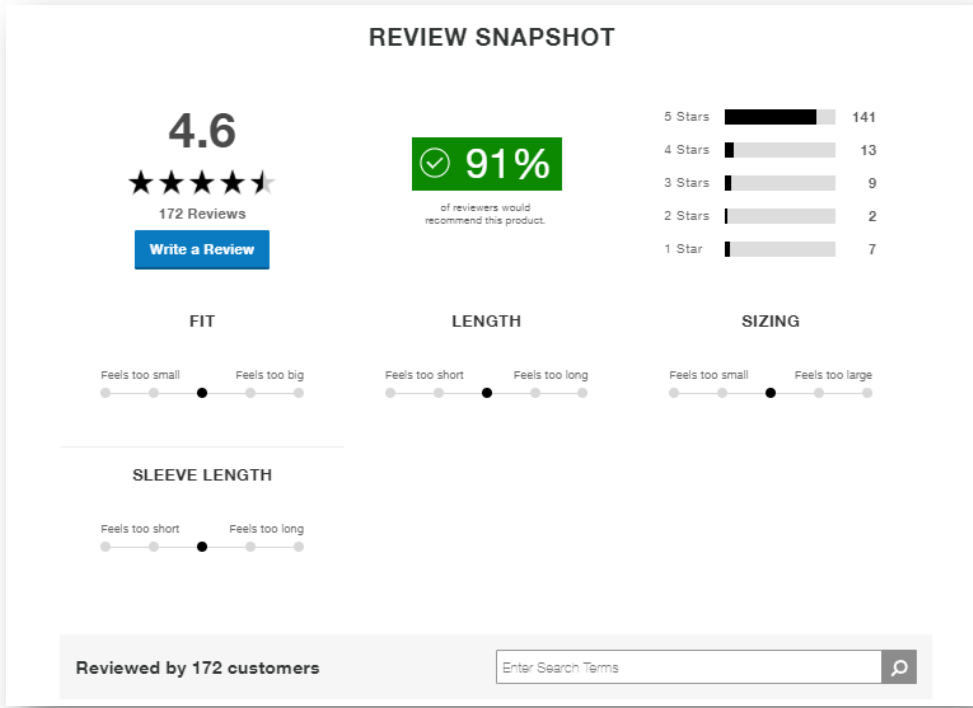
Keeping it easy to understand, the website features a ‘Review Snapshot’ that gives customers a straightforward breakdown of the most important points in each review.
Conclusion: Build trust throughout the customer journey, one step at a time – and at every stage.
The North Face gives its customers a feel-good impression with a well-formulated brand mission. In our survey and extensive Digital Experience Benchmark, The North Face is an exceptional performer.
Their website achieves a very high score of 78 for the question: “I immediately had a positive feeling about the company behind the website.”
The retailer capitalizes on this by linking their brand mission to the needs and values of their customers.
Their customers are outdoor-lovers who need great quality outdoor gear, so The North Face shows them that they will protect nature, and clearly offer the quality they need. The benefit of buying from the brand could not be clearer.
As a result, the site builds strong trust in the brand, which is reflected in its high score (84) on the question, “I trust the company behind this website.”
